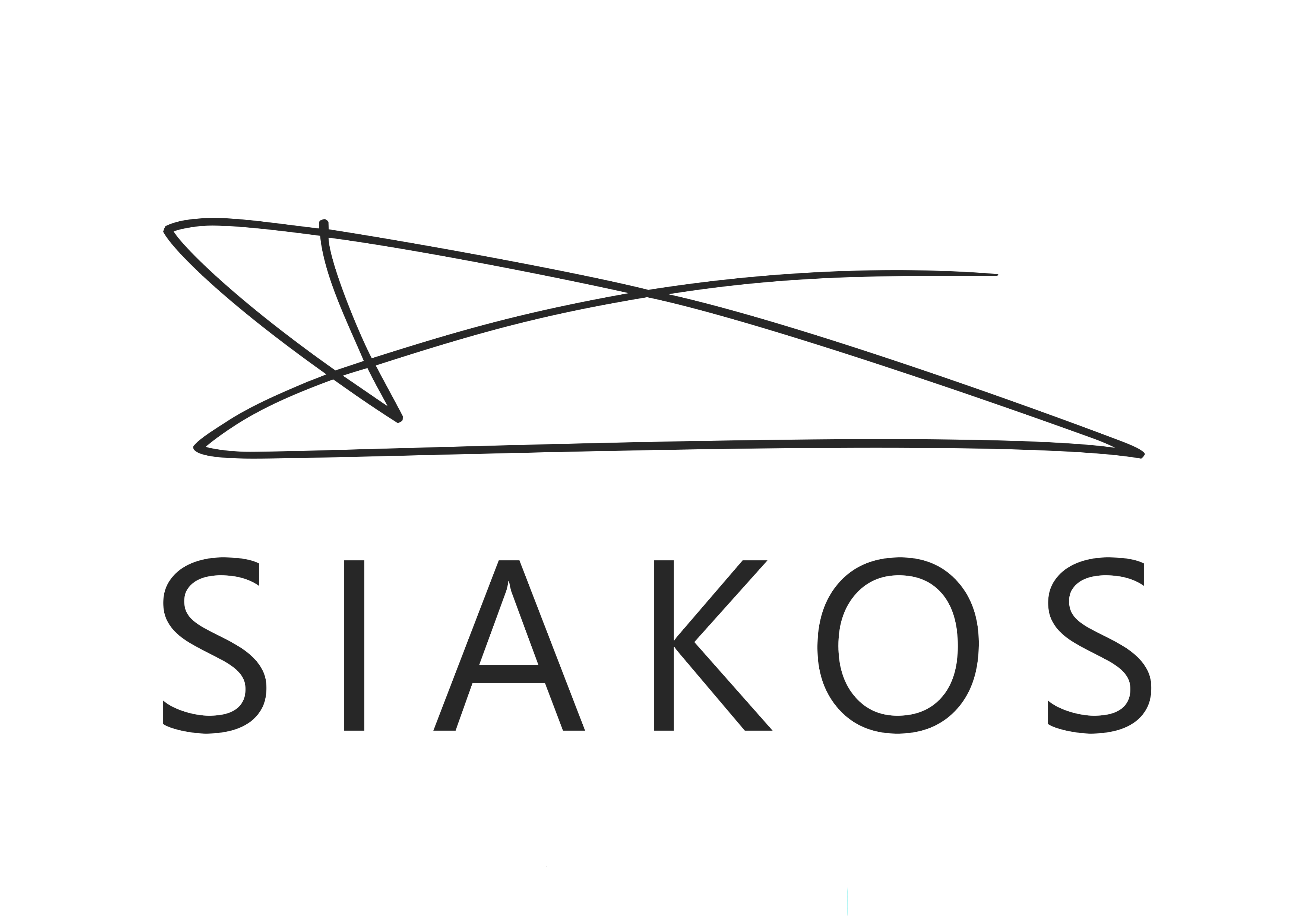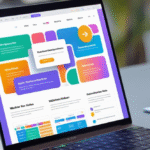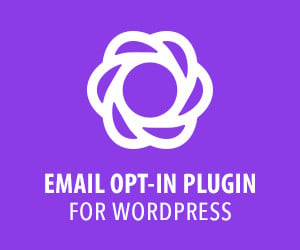Welcome to our step-by-step guide on how to start a blog. Whether you’re looking to share your thoughts, showcase your creative work, or build an online business, this guide is designed to help you create a beautiful blog in just 30 minutes. Our guide is perfect for beginners, and we’ll walk you through each step with some of pictures to make it easy to understand.
Our guide is created by Daniil Siakos, who has been building blogs and websites since 2010. Daniil has launched several of his own blogs and has helped hundreds of others do the same. With over a decade of experience, Daniil knows how overwhelming and intimidating starting a blog can seem. That’s why he created this free guide for complete beginners to learn how to blog quickly and easily.
So, are you ready to start your blogging journey? Let’s dive into our six easy steps to create your own blog in just 30 minutes.
Key Takeaways
- Our step-by-step guide will show you how to create a blog in just 30 minutes.
- Our guide is perfect for beginners and makes it easy to understand.
- Our guide is created by Daniil Siakos, who has over a decade of experience in building blogs and websites.
How to Start a Blog in 6 Steps
Should You Start a Blog?
If you have a passion for a topic and want to share your knowledge with the world, then starting a blog might be a great option for you. Blogging can also help you connect with like-minded individuals and build a community around your interests. Additionally, blogging can be a source of passive income if done correctly.
Contrary to popular belief, you don’t need to be a professional writer or an expert on the topics you write about to start a successful blog. People read blogs to get a personal perspective on things, so writing in an informal and conversational style is often more effective. As long as you have a passion for your topic, you can start a successful blog.

What is a Blog Anyway?
A blog is a type of website that focuses mainly on written content, also known as blog posts. Bloggers often write from a personal perspective that allows them to connect directly with their readers. Most blogs have a comments section where visitors can correspond with the blogger, which helps to further the connection between the blogger and the reader.
The direct connection to the reader is one of the main benefits of starting a blog. It allows you to interact and share ideas with other like-minded people, and it helps you build trust with your readers. Having the trust and loyalty of your readers also opens up the door to making money from your blog.
Pick a Blog Name
The first step in starting a blog is to choose a descriptive name for your blog. Your blog’s name should ideally represent either the general topics you’ll be writing about or it could be your own name, that of your business, a clever combination of words, or otherwise. Make sure to choose a name that is easy to remember and spell.
Get Your Blog Online
Once you have a name for your blog, the next step is to register your blog and get hosting. You can choose from several hosting providers, such as Hostinger, SiteGround, or HostGator. These providers offer affordable hosting plans that are easy to set up and use.
Customize Your Blog
After you have registered your blog and set up hosting, you can customize your blog by choosing a free blog design template and tweaking it to fit your needs. Most blogging platforms, such as WordPress and Blogger, offer a wide variety of free templates that you can choose from. You can also customize your template by adding your own images, colors, and fonts.
Write & Publish Your First Post
Once you have customized your blog, it’s time to write and publish your first post. Share your thoughts with the world and let your passion shine through. When writing your post, make sure to write in an informal and conversational style. This will help you connect with your readers and make them feel like they are part of the conversation.
Promote Your Blog
After you have published your first post, it’s time to promote your blog and get more people to read it. There are several ways to promote your blog, such as social media marketing, guest posting, and search engine optimization (SEO). Make sure to choose the right promotion strategy for your blog and target the right audience.
Make Money Blogging
Finally, you can choose from several options to monetize your blog. Some of the most popular options include affiliate marketing, sponsored content, and selling digital or physical products. Make sure to choose the right monetization strategy for your blog and target the right audience.
Starting a blog can be a fun and rewarding experience. By following these six steps, you can start a successful blog and share your passion with the world.
Step 1: Pick a Blog Name
Choosing a name for your blog can be a daunting task. However, it is a crucial step in creating a successful blog. A good blog name should be descriptive and should give potential visitors an idea of what your blog is about just from the name. Here are a few things to keep in mind when picking a blog name:
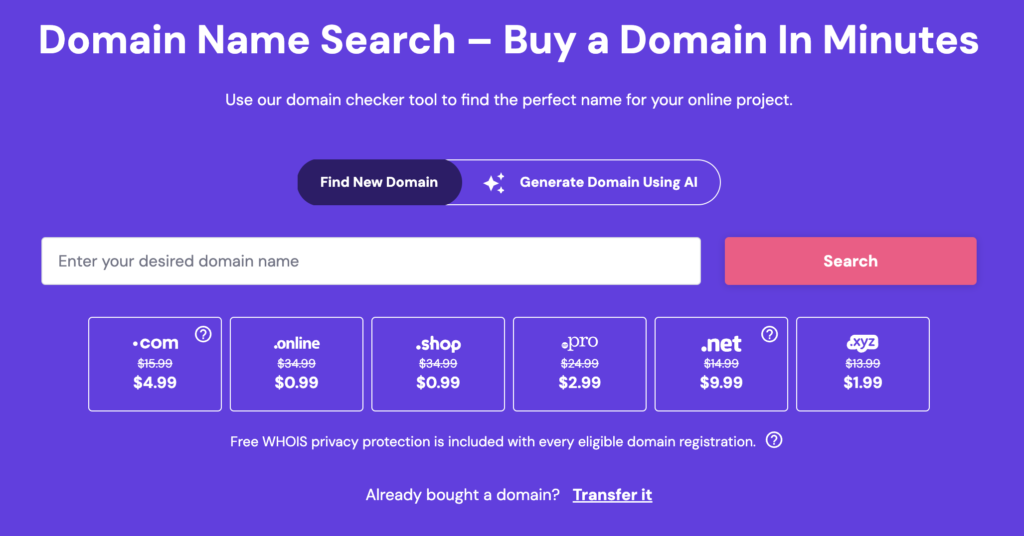
See if Your Blog Name is Available
Before you settle on a name for your blog, it’s important to check if the domain name is available. You cannot use any spaces or punctuation other than dashes in a domain name. If you find that the name you wanted is already taken, there are a few things you can do:
- Try a different domain extension. If the .com version is already registered, you may still be able to get the .net or .org version of the name.
- Add small words like “a,” “my,” “best,” or “the.” For example, if the name “WebsiteStarter.com” is already taken, consider using “TheWebsiteStarter.com” instead.
- Add dashes between words. For example, “Daniilsiakos.com” could become “Daniil-Siakos.com.”
How to Choose a Blog Topic & Name
If you don’t have an idea for a name already, the first step is choosing your blog topic. Here are a few ways to find a good blog topic:
- Life experiences: Everyone has lessons they have learned through life experience. Sharing this knowledge can be incredibly helpful to others in similar situations. For example, a blog about being a stay-at-home mom or dealing with clients can be helpful to others in similar situations.
- Personal blog: A personal blog is a blog all about you. This will include a variety of topics, from things you do on a daily basis to random thoughts and musings. This is a great way to share your thoughts with the world without having to stick to just one topic.
- Hobbies & passions: Hobbies or other interests you are passionate about are a great place to start. Cooking, travel, fashion, sports, and cars are all classic examples. But even blogs about more obscure hobbies can be successful since your audience is literally anyone in the world with the internet.
Once you have a topic, it’s time to choose your blog name, also known as your domain name. If you are blogging about one specific topic, then you will definitely want to include that in some way when you pick a domain name. Try not to get hung up on just one word though. For example, a cooking blog doesn’t necessarily have to have the word “cooking” in it. The words “food,” “recipes,” and “meals” would also let people know that your blog is about cooking.
If you are planning to create a personal blog where you discuss a variety of topics, then we recommend using your name or some variation of it since your blog is all about you. For example, you can use your middle name or middle initial if you find your name is already taken. Or you could use a variation like “Daniil Siakos Blog” or “Blogging with Daniil.”
Once you have some name ideas, you will need to choose a domain extension. A .com domain extension is the most preferred, but .net or .org work as well. It is also important to note that for the purposes of a blog domain, you cannot have any spaces between words. So “Blogging with Daniil” becomes “bloggingwithdaniil.com.”
In conclusion, picking a blog name is an important step in creating a successful blog. A good blog name should be descriptive and give potential visitors an idea of what your blog is about just from the name. By following the tips above, you can choose a blog name that is both memorable and effective.
Step 2: Get your blog online
To get your blog up and running, you will need two things: blog hosting and blogging software. The good news is that these two typically come packaged together.
A blog host is a company that stores all of the files for your blog and delivers them to the user when they type in your blog name. In order to have a blog, you must have a blog host. The web host we recommend, and the one we show you how to use in this guide, is Hostinger.
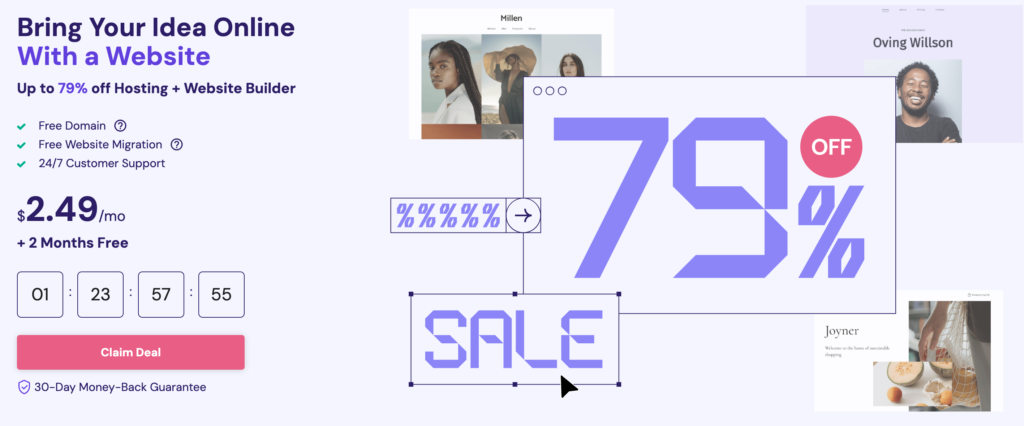
1. Click here to get the special per month rate on Hostinger
Use any Hostinger link on this site to get the special discount price per month. Click “Get Started Now” to begin the process.
2. Select your plan.
We recommend that beginning bloggers get the Premium plan. Click “Select” to choose your plan.
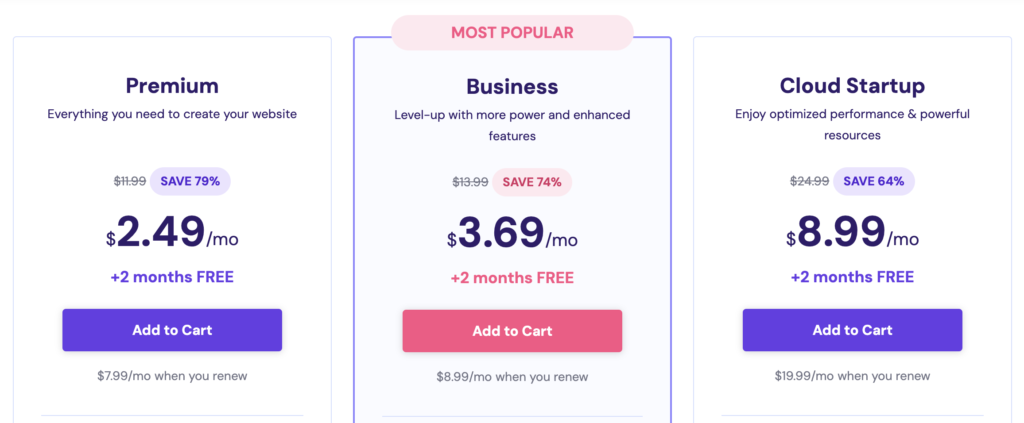
3. Type in your domain name in the left box and then click “next” to start the registration process.
If you already own a domain name and want to use it for your blog, type your existing domain in the right box and then click “next”. Only use the right box if you have previously paid to register a domain!
4. Fill out your billing details on the registration page.
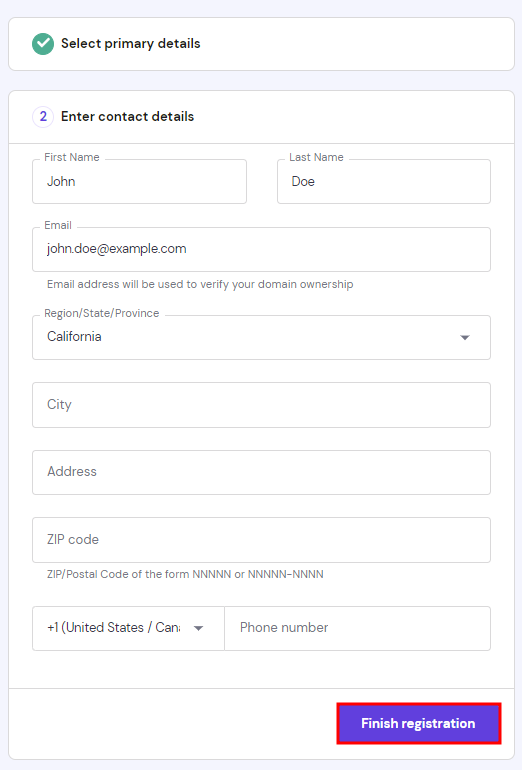
5. You will also need to choose your hosting package and options.
Every Hostinger account plan has everything you need to get your blog up and running, including a free custom domain name, easy WordPress installation, web hosting, and custom email addresses (e.g. [email protected]). We recommend unchecking the boxes next to the package extras except for “Domain Privacy & Protection”. While not strictly necessary, domain privacy keeps your personal information (name, address, phone, email) hidden from the public database of registered domain owners.
6. You will then need to create your Hostinger account and password.
Once you do that, you will be taken to an installation helper. Since you are following this tutorial, you can just click “Skip this step” on the next few pages to be taken directly to the dashboard.
7. Install the WordPress blogging platform.
The system will install WordPress automatically. Once the install is complete, click the “Log into WordPress” button on the top right to be logged-in to the administrator area of your blog.
By following these steps, you will have successfully set up your blog with Hostinger and installed the WordPress blogging platform. If you encounter any issues during this process, Hostinger offers helpful 24/7 customer service via phone or web chat.
Step 3: Customize your blog
Now that you have set up your blog and have a basic understanding of how it works, it’s time to customize it to your liking. In this section, we’ll cover the two main aspects of customizing your blog: logging in and changing your blog design.
Logging in
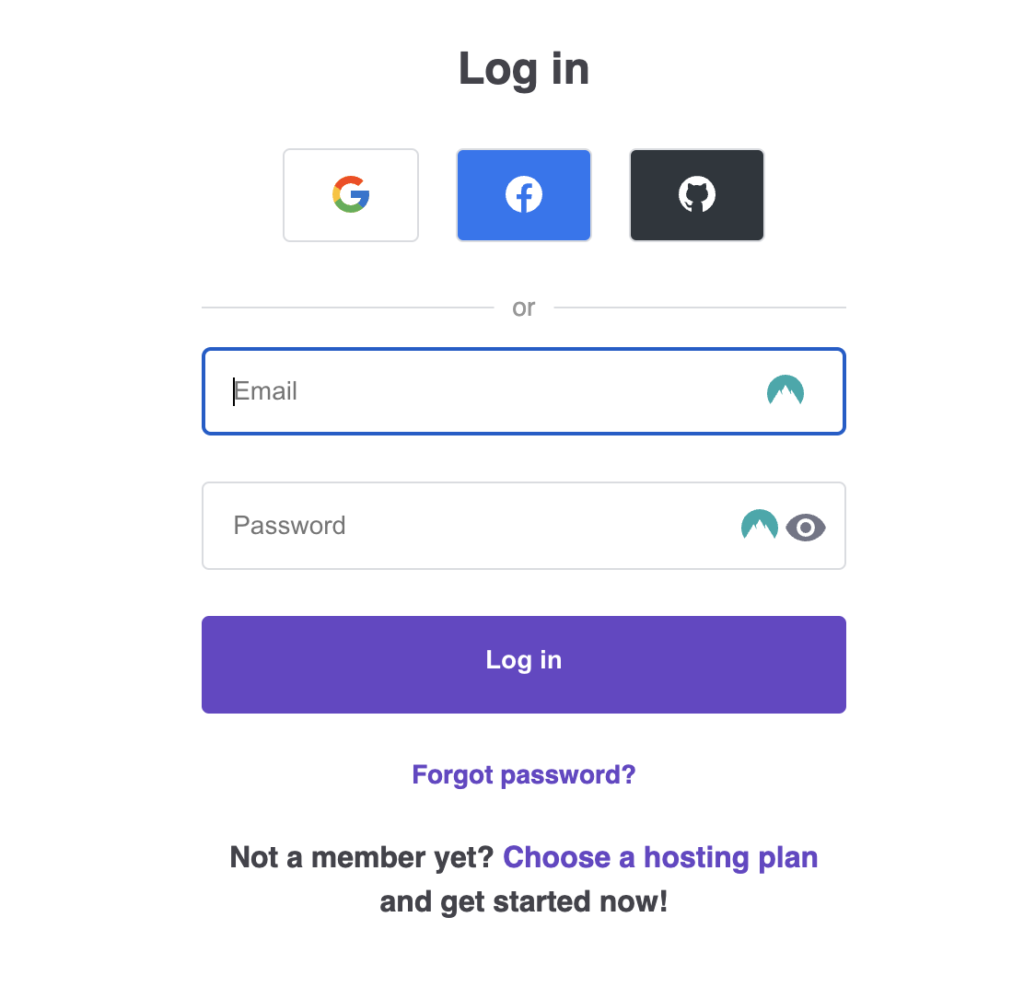
If you are not already logged in, you can do so by going to Hostinger.com and clicking on “Login” in the top right corner. From there, you can log in using your domain name and the password you set up in the previous step. If you have forgotten your password, you can reset it by clicking on the “Forgot Password” link.
Once you are logged in, you will be taken to your Hostinger Portal. From there, you can click on the “Websites” button to manage your WordPress blog.
Changing your blog design
To change the design of your blog, you will need to access the WordPress dashboard. Once you have logged in, you will be taken to the dashboard. From there, you can make any changes you want to your blog.
In WordPress, blog layouts are known as “Themes”. Themes control the entire design of your WordPress blog. To change your theme, you will need to click on the “Appearance” tab on the left menu.
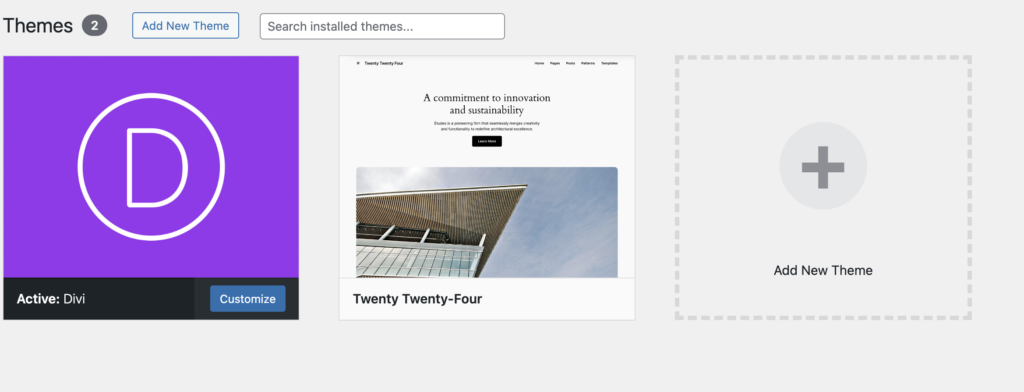
Several free WordPress themes are already installed on your blog, such as Twenty Seventeen and Twenty Sixteen. These are well-designed, clean-looking themes that can work for just about any type of blog. If you don’t have a specific design in mind for your blog, we suggest that you use one of these themes to start with.
To activate a theme on your blog, hover over the theme and click on the “Activate” button. That’s it! You have changed the entire design of your blog with just one click!
If you don’t like any of the themes that are already installed, you can easily choose from thousands of other free WordPress themes. To install a new WordPress theme, click on the “Appearance” tab on the left menu and then click on “Add New Theme”.
This will take you to the WordPress theme search screen, where you can browse through thousands of themes. To find a theme you like, we suggest that you click on the “Popular” tab and start browsing. When you find one that you like, click on the “Install” button.
Once the theme is installed, click on “Activate” to activate the theme on your blog. To see your new theme in action, go to your blog and take a look!
Changing your theme is the simplest way to customize your WordPress blog, but there are lots of other customizations you can do. Check out our full post on customizing your WordPress blog for an in-depth step-by-step guide.
Step 4: How to Write a New Blog Post & Publish It
Content That Should Be on Your Blog
When creating a blog, it is essential to include both static and dynamic content. Static content refers to pages that do not change, or at least not very often, and are accessed via a menu on your blog. Dynamic content is your blog and the most important content you have to offer.
Static content pages should be in place well before you launch your blog to the world. Important static pages to include are:
- About Us: This page should include a biographical summary of the author(s) as well as a mission statement. It should answer the questions: How did your passion for the subject matter develop? What do you want to convey to the world? What is your ultimate goal?
- Contact Us: A contact page provides the visitor with a place to reach the author which, in turn, provides the visitor with the reassurance that you are a real and reachable author. You can add your physical address, phone number, and custom email address. Or you can utilize a simple contact form to keep your personal identifying information private. You should put links to all of your social media profiles here as well.
Other static pages that are equally as important but less commonly thought of are:
- Disclaimer Page: If you intend to monetize your blog, you must describe the ways you intend to generate income. This is an absolute must-have page that should not be overlooked, as per FTC guidelines. For example, if you are discussing and endorsing a product, and stand to profit by linking to the product, this relationship must be disclosed.
- Privacy Policy: If you collect data from your visitors in any way, you are required to add a privacy policy page that tells visitors exactly how you are collecting data, how you are using it, and if you are sharing that data. If you implement Google Adsense or a Google Analytics account on your blog, a Privacy Policy must be used. This page is required by the CCPA (California Consumer Privacy Act) and the GDPR (General Data Protection Regulation), and is included by default on your WordPress blog.
- Terms of Service: If your blog is also running a store or selling services, it is a good idea to have a Terms of Service page to lessen your potential liability.
These required static pages are typically linked to in the footer menu of a blog. They should, at the very least, be visible and accessible from the home page.
Aside from your blog, which is generally introduced on the home/main page, these two all-important pages should be visible on your top (header) menu and easy to access. You can take a look at the top of this page to see how we have these pages included in the header menu. See this detailed guide to customizing your blog menus if you need help.
There are other static pages you can choose to include depending on what suits your blog and business. Common static page examples are an advertising page to solicit paid advertisements, a donations page, a resource page to direct visitors to your favorite links within your field, and a page for submitting ideas and content.
Dynamic content is your blog and the most important content you have to offer. This is where you, as the creator, will infuse the blog with your brand of informative content that supplies your audience with knowledgeable tips, facts, opinions, and stories. This is how you engage your visitors and keep them coming back for more.
Your blog content should be regularly submitted at specific intervals. Waiting months to create content will never build a following. Posting content weekly and driving traffic to these posts will help build your brand.
How to Write Great Blog Content
Each post should be lengthy, informative, and engaging. It’s not always easy to come up with new blog post ideas on a regular basis, and you are free to mix up the tone and even the subject matter to keep things lively and interesting. It’s your space, after all. But there are a few elements that each and every piece of content should endeavor to include.
Define the Content: Create an alluring post title that stimulates curiosity and encourages clicks. Use the first paragraph of your post to clearly define the topic of your article and provide a possible hook to keep the reader reading.
The Longer the Better – But Break It Up: The more information and detail you include, the better. But visitors will begin to skim if the content contains lengthy paragraphs a mile long, and will pop out faster than they came in. Visitors enjoy tidbits. Keep your paragraphs short with spaces in between, use lists and standout quotes, use images, and always include headings and sub-headings so that visitors can find what they’re looking for.
Engage The Reader: At the end of each post, a common tactic used to engage visitors is posing a meaningful question to your audience and asking them to reply in

Step 5: Promote Your Blog
After creating a well-designed blog and writing great content, the next step is to promote it. The following strategies will help get your blog in front of more readers.
Alert Your Inner Circle
The first people who should become aware of your blog are your inner circle. This includes family, friends, and colleagues within your field. Encourage them to become followers, ask them to mention your new blog, and – most importantly – thank them. This is a great way to get the ball rolling and start building an audience.
Use Social Media
Social media is a powerful tool for promoting your blog. While you don’t want to overdo it, you still want to create accounts with the “biggies” like Facebook, Twitter, YouTube, Pinterest, and Instagram. You should post a link to your newest content on your accounts, but you can also post relevant news and links to other sources that your readers may find interesting. Don’t forget to use hashtags and engage with your followers!
One effective way to get visitors to your blog is to post links on your social accounts, like Facebook and Twitter. This is great, because not only do your friends see the link, but if your friends share the link with their friends it automatically multiplies your visitors. If you have created high-quality content on your blog then social media is a way for your blog to go viral.
Comment on Other Blogs
Find other blogs in your community and engage with them. Using the comment section, introduce yourself and leave engaging and constructive comments. Many will allow you to leave a link to your blog. After creating relationships with prominent bloggers in your community, you will find yourself within their ranks quickly.
Engage with Your Visitors
When your readers leave comments on your posts, always engage with them. Reply to their comments and questions, give them “likes” and affirmations. When it is obvious that the author cares about his/her community and readership, visitors are naturally encouraged to return.
Collaborate with Other Bloggers
Become enmeshed in your blogging community by collaborating with respected members of your field. Collaborating includes guest posting, promoting each other’s blogs and products, and regularly interacting through comments and social media.
Post Regularly
Posting content regularly is important for building an audience. Create an editorial calendar and stick to it. A good blogger posts at least once per week to start. If you have long lapses between posts, your followers will drop off and your growth will be severely hampered. It’s not easy to post on a schedule, but it’s something you absolutely must stick to.
Create an Email List
In addition to getting new visitors to your blog, you will also want to make sure your current visitors are coming back. This is where email marketing plays a big role. By collecting the email addresses of your visitors (with their permission of course), you can then notify them when you post new content on your blog. This keeps people coming back to your blog, which not only gives you more readers over time, it also allows you to build a closer relationship with your visitors.
Optimize Your Blog for Search Engines
You want your blog to appear in search results as soon as possible. To do this, sign up for a Google Webmaster account and open the Search Console. To add your blog, click “Add Property” and follow the steps to add your blog. You should also sign up for a Bing Webmaster account and add your blog. Submitting your blog is the first step in the process known as search engine optimization (SEO).
To optimize this process, each page of your blog should include fundamental elements such as header tags, categorization, and permalinks. Section headings and subheadings should be wrapped in header tags. Your content should be clearly categorized into specific and relevant categories. Each blog post “slug” is the end portion of the URL. You want to make sure each post has a defined slug and doesn’t end with an article number.
In conclusion, promoting your blog is a critical step in building an audience. Try out a few of these strategies and see what works well for you. Remember to engage with your readers, collaborate with other bloggers, and post regularly. By doing so, you will be well on your way to building a successful blog.

Step 6: Make money from your blog
Congratulations on creating a great blog and promoting it successfully! Now that you have built a loyal audience, it’s time to start monetizing your blog. With a little bit of effort and dedication, you can turn your passion for blogging into a lucrative income stream. Here are some of the most effective ways to make money from your blog:
Sell advertising space
Once your blog has gained popularity, advertisers will be interested in advertising on your site. You can take advantage of this opportunity by using Google Adsense. Google Adsense finds advertisers for you, and all you have to do is place the Google Adsense code on your blog to start running ads. Google Adsense takes all of the hard work out of the process and just cuts you a check.
Sell affiliate products
An affiliate program is a commission-based way to advertise. When one of your readers clicks on a link on your blog, they get sent to an advertiser’s site, and you earn a commission if they purchase. Affiliate links are a nice way to earn income through the use of product reviews. However, you must remember to disclose that you are an affiliate for the product.
Sell Products and Services
Selling your own products and services directly on your blog is a great way to increase your income. As your blog grows and you begin to see a wide audience, your products and services will begin to sell themselves. Use the sidebar of your blog to increase the visibility of what you sell using visual images and a link to your storefront page.
Sell digital downloads
Ebooks, video tutorials, and e-courses are the most commonly consumed digital materials sold by bloggers. With little to no overhead and no shipping costs, you can keep the price low and inviting. If you are extremely knowledgeable in your field, an ebook can practically write itself. Give it a try, you might surprise yourself!
Sell memberships
Creating membership options on your blog is another way to monetize. This allows you to offer members more exclusive content only available with a paid membership. For example, you could offer unlimited downloads of digital goods, free consultations, a private network or forum where community members can mix and mingle, and private content available to members only.
When choosing the way to monetize your blog, it’s important to consider your goals and the purpose of your blog. Those who are selling services, physical goods, and digital goods, for example, may not want to participate in affiliate programs where traffic could be lost to another site.
Need more help?
If you need more help with any of the steps, you can find a more detailed version of each step by using the menu at the top right of this page (or at the bottom of this page if you’re on a smartphone). More specific tutorials can be found on our blog page.
Here are some of the most popular tutorials from our blog:
- How to add custom logos or images
- How to see how many people are visiting your blog
- How to move from WordPress.com to WordPress.org
- How to make a website with WordPress
- How to automatically share your new content on Facebook and Twitter
- How to choose the best website builder
- How to link to other sites from your blog
- How to change text size and color
- How to make your blog private
If you have any issues at all, feel free to contact us, and we will personally respond to your email. Blogging is our passion, and we would love to talk with you about it!
Blogging FAQ
If you’re new to blogging, you may have some unanswered questions. Here are some of the most common questions we get about starting a new blog.
What makes a successful blog?
A successful blog is one that provides interesting, informative, and engaging content to the readers it is meant to connect with. The passion, creativity, knowledge, and expertise of the blogger are what make a blog successful. The more posts you’re able to produce, the more successful your blog will be. As long as you’re passionate about the subject matter, the sky is the limit.
What do you need to start a blog?
To start a blog, you need time, passion, and a clear goal. Blogging is nearly a full-time operation that requires you to commit to posting lengthy and detailed content at least weekly. You also need to promote your blog regularly across social accounts and through peer interactions. Equally important is the passion behind your blog. To come up with great content on a regular basis, your blog should revolve around a topic that you are obsessed with. You also need a clear goal in mind. What is the main objective of your blog? Is it to inform the public? To eventually retain paid subscribers? With a clear final objective, you can grow a blog that satisfies these goals in the long term.
What should my blog be about?
Your blog should be about what interests you, what you’re passionate about. Answer these questions: What are you passionate about? What do you think about daily? What topic do you annoy all of your friends, family, and co-workers with on a regular basis? What do you find yourself dreaming about? What do you find yourself constantly researching? What do you read about? If there is a common denominator in your answers to these questions, that is what your blog should be about. And once you begin to build your blog, no matter what the subject material, you will find a community of people who are interested in what you have to say.
How do I find a profitable niche for my blog?
If you know the general topic for your blog, a simple way of making your niche more profitable is by narrowing the niche to eliminate competition. Making the topic of your blog more specific will help to eliminate a lot of competition and elevate your blog results in search engines for more specific queries.
How do I name my blog?
Naming your blog can be a fun exercise. List all the main words your blog will be about. List some variant synonyms of these words. List nouns and adjectives that apply to you as the creator. Start putting words together, introduce new words, and keep playing around until you come up with a name you like! If you are still struggling, you can always try using a blog name generator for additional ideas.
What do you do if your domain name is taken?
If the domain name you want is taken and the full web address is your trademarked business name, you can assert your trademark rights and privileges and eventually get this domain handed over to you. If your name isn’t trademarked, don’t attempt to buy the .info or .biz variation of the domain. Instead, try a slight variation of the domain name such as adding a dash between words, or inserting the word “the” or other nominal words. In some cases, the domain is owned but isn’t being used. Trying searching for it in the browser. If the URL is pointed to a different domain, it isn’t being used, only redirected. You may be able to buy the domain for the right price from the current owner. If the domain is parked, you may also attempt to purchase the domain.
Where is the best place to create a blog?
We recommend creating a self-hosted WordPress blog using Hostinger. When you sign up with Hostinger, you get a free domain name, and they will automatically install WordPress on your Hostinger account. You can begin blogging as soon as your account is set up. You can easily customize your self-hosted WordPress blog just by following the steps in our tutorial.
How much does it cost to start a blog?

You can make a blog for absolutely nothing, but if you want your blog to be taken seriously, you can’t just get a subdomain from one of the free blogging sites like Blogspot. You’ll want to pick a custom domain name and register it instead. Domain names cost around $15 per year, on average. The best way to start your blog is through one of the many web hosting companies. The best web hosting choice is a WordPress hosting account through Hostinger which is $2.49 per month + 2 months free and includes free domain name registration, so your total cost for 1 year is just $25. These are your main costs associated with starting a successful blog. Of course, you may incur other costs with additional services such as email marketing. As with any business, the biggest expenditure is often
